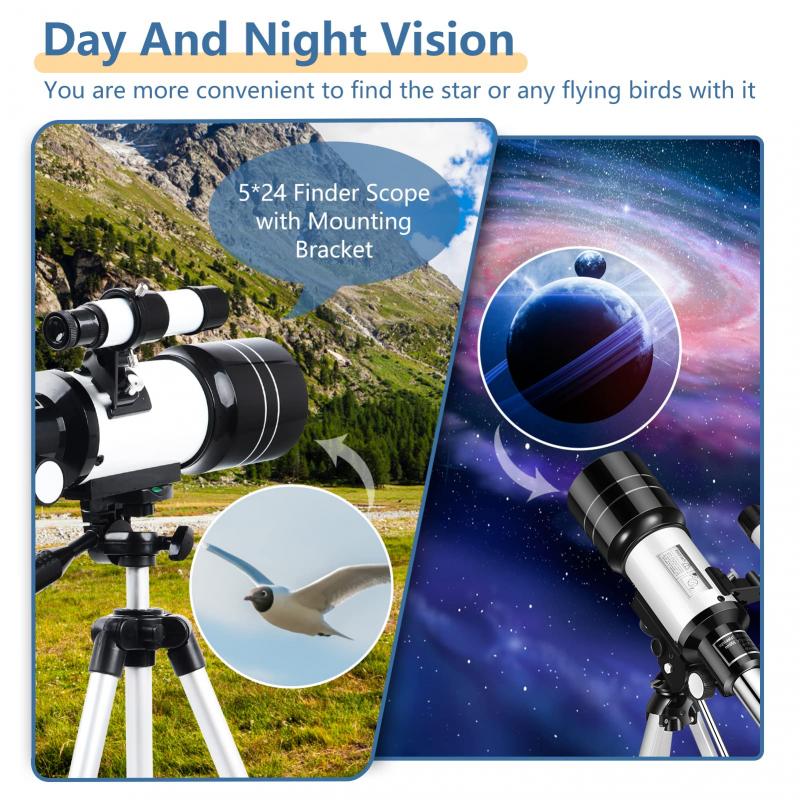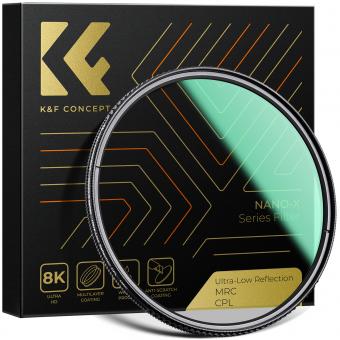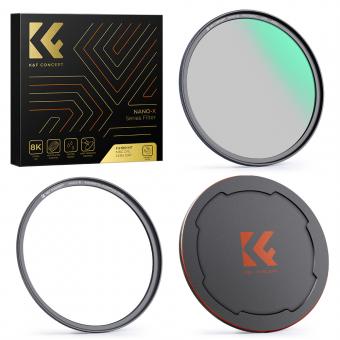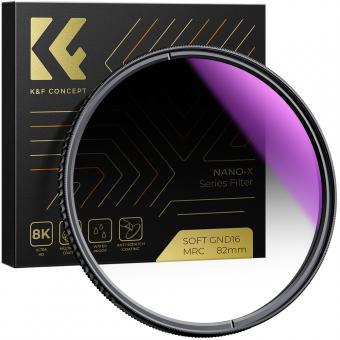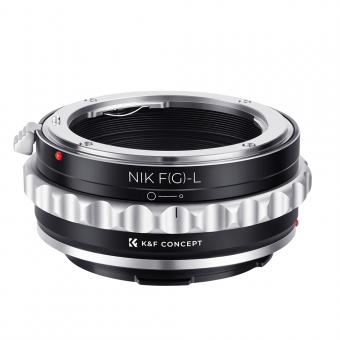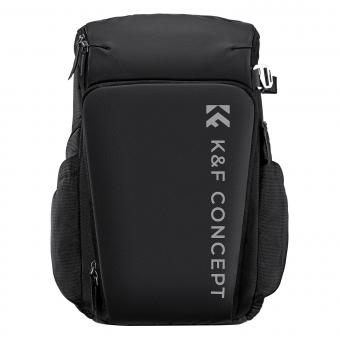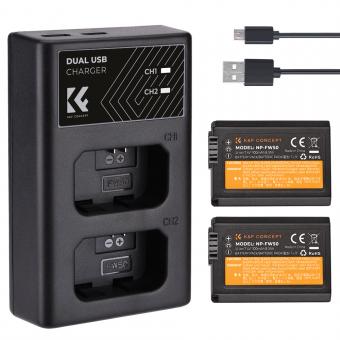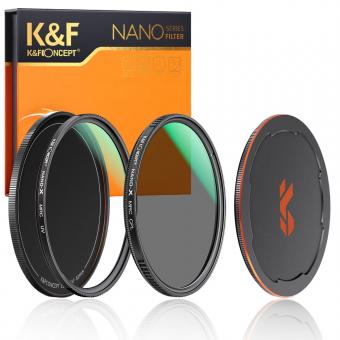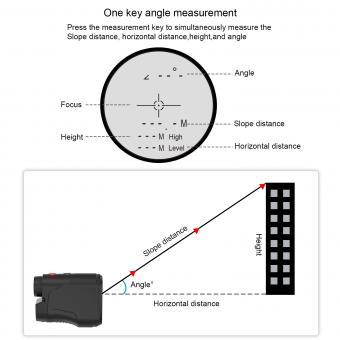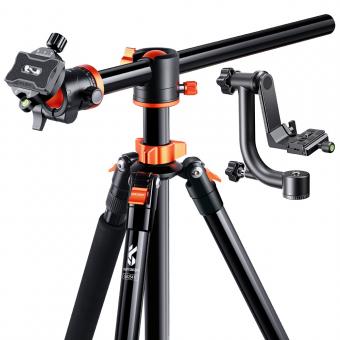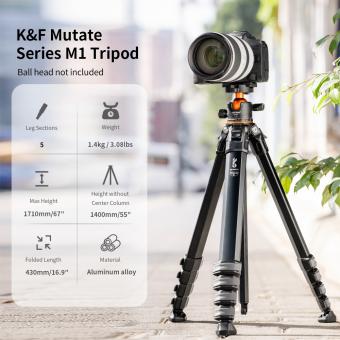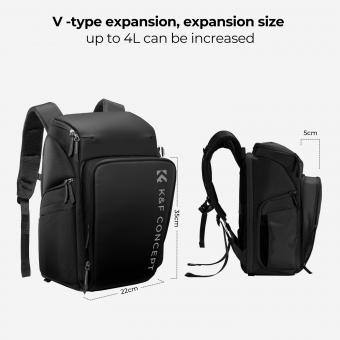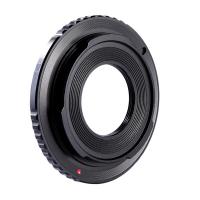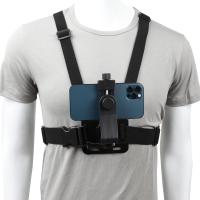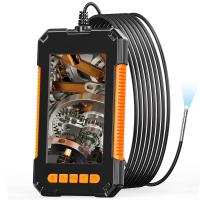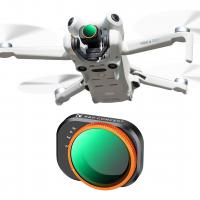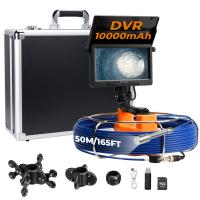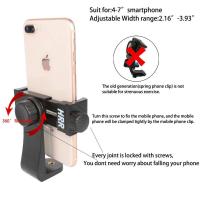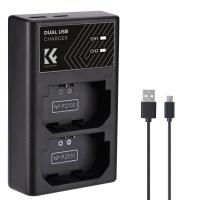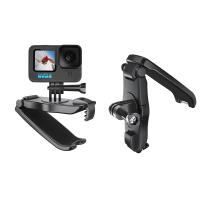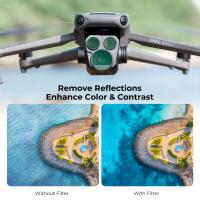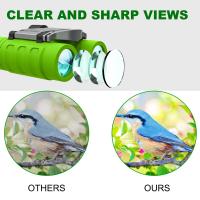How To Hold A Monopod Steady ?
To hold a monopod steady, grip it firmly with one hand near the top while extending the monopod fully. Plant your feet shoulder-width apart and keep your knees slightly bent for stability. Lean your body slightly forward and use your other hand to support the lens or camera. Avoid sudden movements and try to keep your arms close to your body to minimize shaking. Additionally, using a tripod or monopod with a stabilizing base can provide extra support and help reduce any potential camera shake.
1、 Grip and Hand Placement Techniques for Monopod Stability
Grip and Hand Placement Techniques for Monopod Stability
Holding a monopod steady is essential for capturing sharp and stable images, especially in situations where a tripod is not feasible or allowed. While monopods offer more mobility and flexibility, they can still introduce camera shake if not held properly. Here are some grip and hand placement techniques to help you achieve maximum stability when using a monopod.
1. Firm Grip: Hold the monopod with a firm grip, ensuring that your hand is wrapped around it securely. Avoid gripping too tightly, as this can cause muscle fatigue and affect your ability to make smooth adjustments.
2. Hand Placement: Position your hand slightly above the midpoint of the monopod's height. This allows for better control and balance. Placing your hand too low can make the monopod feel top-heavy, while placing it too high can reduce stability.
3. Use a Strap: Many monopods come with a strap or have a mounting point for one. Utilize the strap by placing your hand through it and pulling it tight against your wrist. This provides an additional point of contact and helps stabilize the monopod.
4. Elbow Position: Keep your elbow tucked in close to your body. This helps to minimize any unnecessary movement and provides a stable base for your monopod.
5. Stance: Stand with your feet shoulder-width apart and slightly bend your knees. This wide stance provides a solid foundation and helps absorb any body movements that could introduce camera shake.
6. Lean Against a Support: If available, lean against a wall, tree, or any other stable object. This can further enhance stability by reducing the amount of movement in your body.
7. Breathing Technique: Just like when shooting handheld, practice proper breathing techniques. Take a deep breath, exhale slowly, and press the shutter release during the natural pause between breaths. This can help minimize any additional movement caused by breathing.
It's important to note that while these techniques can significantly improve monopod stability, they may not eliminate all camera shake. Factors such as lens weight, wind, and shutter speed can still impact image sharpness. Therefore, it's advisable to experiment with different techniques and settings to find the optimal balance between stability and image quality.
In recent years, advancements in image stabilization technology have been incorporated into some monopods. These monopods feature built-in gyroscopes or electronic stabilization systems that help counteract camera shake. While these options can be more expensive, they offer an additional layer of stability and can be particularly useful in challenging shooting conditions.
Overall, mastering the grip and hand placement techniques mentioned above, combined with proper breathing and a stable stance, will greatly improve your ability to hold a monopod steady and capture sharp, stable images.
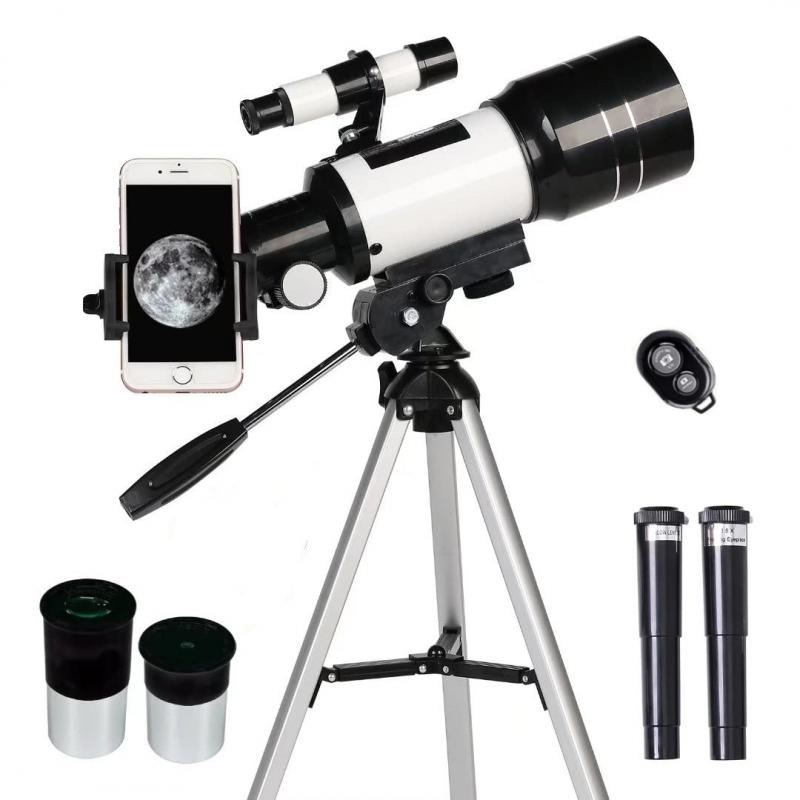
2、 Utilizing a Tripod Base for Enhanced Monopod Stability
Utilizing a Tripod Base for Enhanced Monopod Stability
When it comes to holding a monopod steady, one effective technique is to utilize a tripod base. While monopods are designed to provide stability and support for your camera or other equipment, they can still be prone to slight movements and vibrations. By attaching a tripod base to your monopod, you can significantly enhance its stability and minimize any unwanted motion.
Here's how to hold a monopod steady using a tripod base:
1. Choose a compatible tripod base: Ensure that the tripod base you select is compatible with your monopod. Look for a base that securely attaches to the bottom of your monopod and provides a stable platform.
2. Attach the tripod base: Screw or attach the tripod base to the bottom of your monopod. Make sure it is securely fastened to prevent any wobbling or movement.
3. Extend the monopod: Extend the monopod to your desired height. Ensure that all sections are properly locked in place.
4. Adjust the tripod legs: Extend the tripod legs fully and position them evenly on the ground. This will provide a wider base of support and increase stability.
5. Fine-tune the setup: Adjust the tripod legs' length and angle to achieve the desired stability. You can also use the monopod's tilt and swivel features to further fine-tune your setup.
By utilizing a tripod base, you can enjoy the benefits of both a monopod and a tripod. The tripod base provides a wider base of support, reducing the chances of your monopod tipping over or experiencing unwanted movements. This is particularly useful in situations where you need to hold your monopod steady for extended periods or when shooting in challenging conditions.
The latest point of view on holding a monopod steady involves advancements in tripod base technology. Some tripod bases now come with features like adjustable feet, which allow for better stability on uneven surfaces. Additionally, certain tripod bases are designed to be lightweight and compact, making them ideal for travel and outdoor photography. These advancements make it easier than ever to achieve steady shots with a monopod.
In conclusion, attaching a tripod base to your monopod is an effective way to hold it steady. By following the steps outlined above and considering the latest advancements in tripod base technology, you can enhance the stability of your monopod and capture sharper, more professional-looking images.
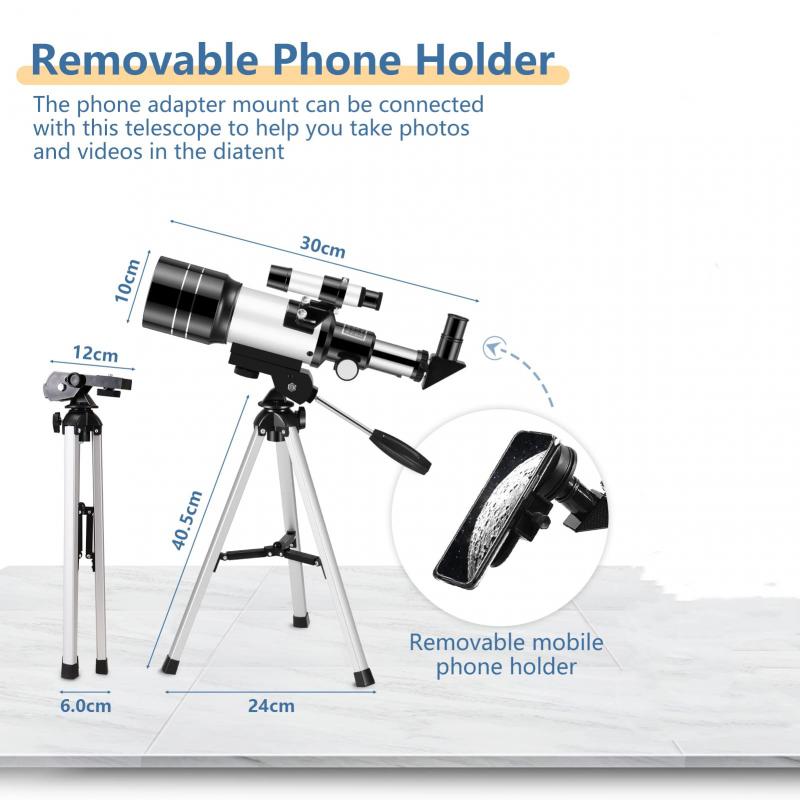
3、 Using Counterweights to Stabilize a Monopod
Using Counterweights to Stabilize a Monopod
Holding a monopod steady can be a challenge, especially when shooting in low light conditions or with heavy equipment. However, there are techniques you can employ to improve stability and minimize camera shake. One effective method is using counterweights to stabilize your monopod.
Counterweights help to balance the weight of your camera and lens, reducing the strain on your arm and providing additional stability. Here's how you can use counterweights to hold a monopod steady:
1. Attach a counterweight: Start by attaching a counterweight to the bottom of your monopod. This can be achieved by using a dedicated counterweight system or by improvising with items such as a sandbag or a small weight bag. Make sure the counterweight is securely fastened to prevent any accidents.
2. Adjust the counterweight: Experiment with the position and weight of the counterweight to find the optimal balance. You may need to add or remove weight until you achieve the desired stability. Keep in mind that the weight required may vary depending on the camera and lens combination you are using.
3. Hold the monopod correctly: Grip the monopod firmly with one hand while keeping your arm close to your body for added stability. Use your other hand to operate the camera controls. This two-handed approach helps to distribute the weight and minimize camera shake.
4. Use proper technique: When shooting, try to keep your body as still as possible. Plant your feet firmly on the ground and use your legs to absorb any movement. Avoid sudden jerks or movements that can introduce camera shake.
The use of counterweights can significantly improve the stability of your monopod, allowing you to capture sharper images and smoother videos. However, it's important to note that while counterweights can help stabilize your setup, they may not completely eliminate all camera shake. Therefore, it's still advisable to use proper shooting techniques and consider other stabilization options such as image stabilization in your camera or lens.
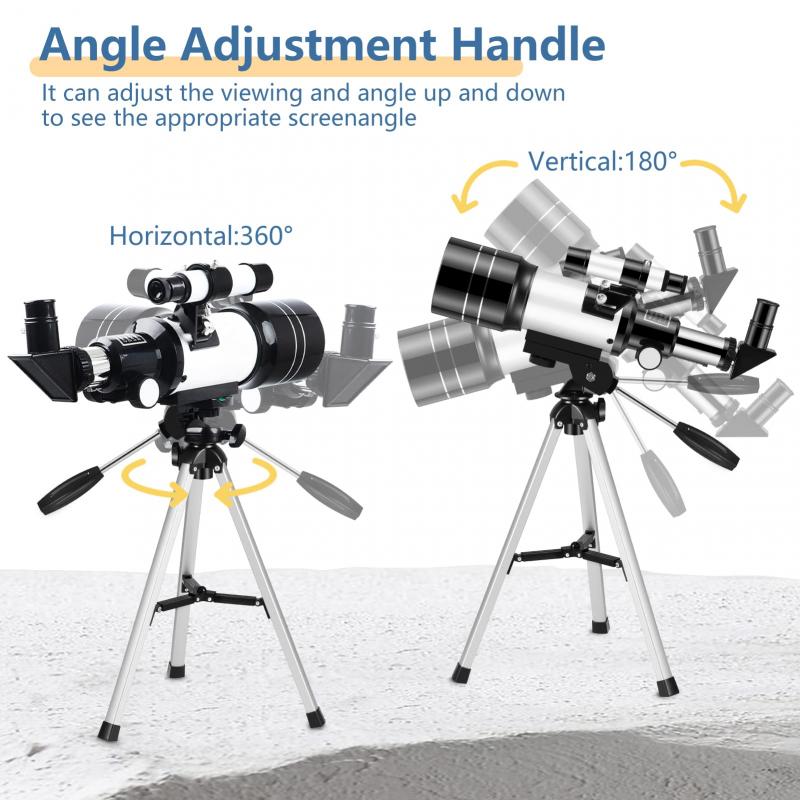
4、 Employing Image Stabilization Technology for Monopod Steadiness
Employing Image Stabilization Technology for Monopod Steadiness
When it comes to holding a monopod steady, there are a few techniques and tools that can greatly improve stability and minimize camera shake. One of the most effective methods is to utilize image stabilization technology, which has become increasingly popular in modern cameras and lenses.
Image stabilization technology works by compensating for small movements and vibrations that can occur when holding a monopod. It helps to counteract camera shake and produce sharper images, especially in low-light conditions or when using longer focal lengths.
There are two main types of image stabilization: optical and sensor-shift. Optical image stabilization is built into the lens and uses a system of gyroscopes and motors to stabilize the lens elements. Sensor-shift image stabilization, on the other hand, is built into the camera body and moves the camera's image sensor to compensate for movement.
To make the most of image stabilization technology, it is important to understand how it works and how to use it effectively. Firstly, ensure that image stabilization is enabled in your camera settings. Some cameras have different modes, such as continuous or panning stabilization, so choose the appropriate mode for your shooting situation.
Additionally, it is crucial to hold the monopod correctly to maximize stability. Grip the monopod firmly with both hands, keeping your elbows close to your body for added support. Avoid extending the monopod to its maximum height unless necessary, as this can decrease stability. Instead, use a shorter extension and keep the monopod closer to your body.
Furthermore, consider using a monopod with a built-in stabilizing foot or attach a tripod base to provide additional stability. These accessories can help distribute the weight of the camera and reduce any wobbling or swaying.
In conclusion, employing image stabilization technology is an excellent way to hold a monopod steady and capture sharper images. By understanding how image stabilization works and using proper techniques for holding the monopod, photographers can greatly improve stability and minimize camera shake.
